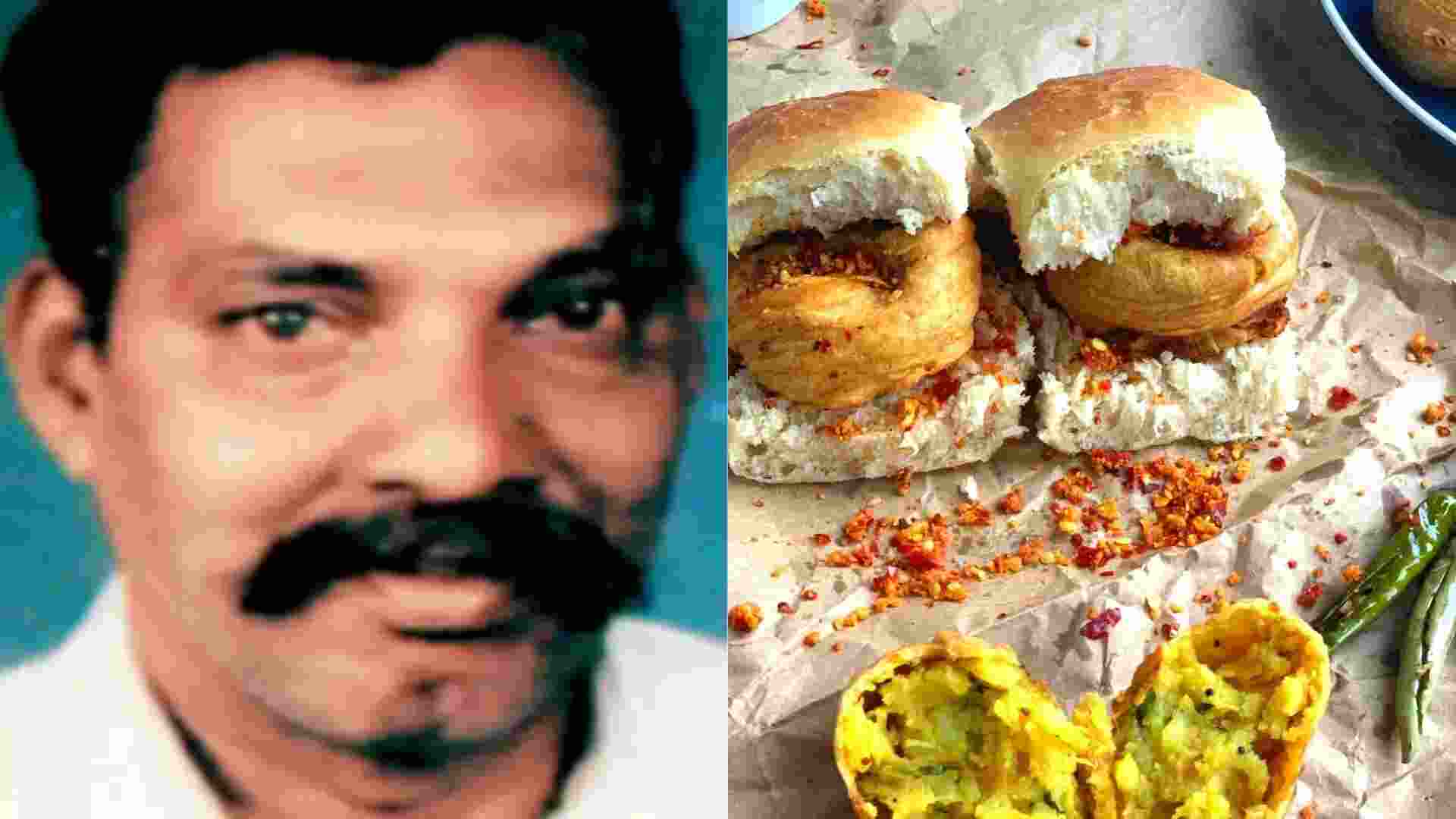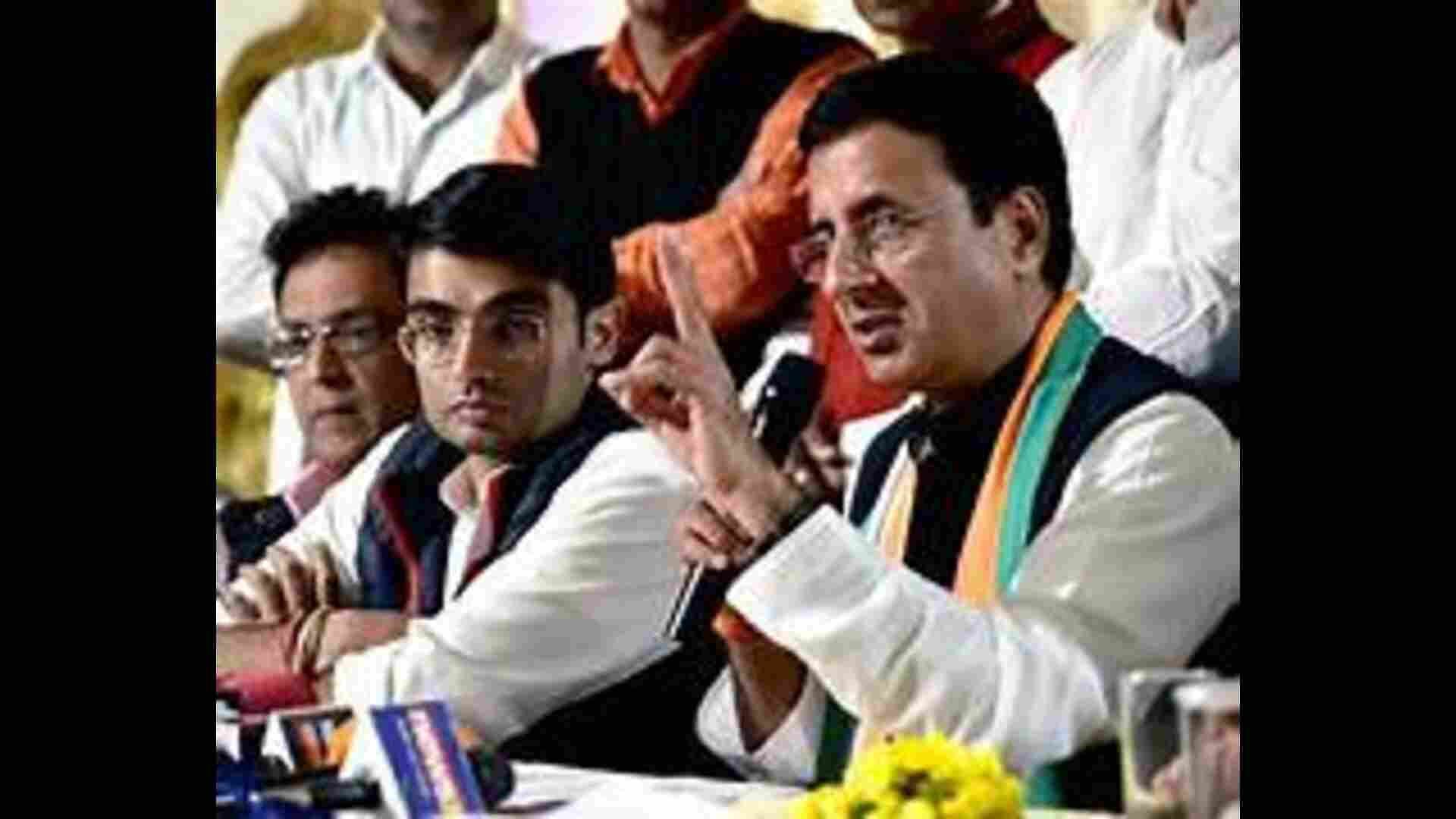Mumbai is often recognized by two things: Bollywood and Vada Pav! If you visit the city and do not try the culinary delight being sold around every corner of it, you have missed out. A ‘vada’ wrapped inside a ‘pav’, this simple street food dish became the highlight of Mumbai. But how? What’s so special about this usual item which can be easily made within the parameters of one’s kitchen? And more interestingly, where did it come from…
To understand its origins, one must consider the cultural atmosphere of Mumbai in the 1960s. The South Indian community in Central Mumbai was flourishing, and Udipi restaurants were thriving, making dosa the go-to fast food breakfast. These eateries were predominantly owned by individuals who had recently moved to Mumbai, creating tensions with local authorities and business owners.
This backdrop laid the groundwork for Balasaheb Thackeray to establish the Shiv Sena in 1966, promoting the idea of ‘Maharashtra being for the Maharashtrians’. Ashok Vaidya was among those inspired by this movement, deciding to set up a stall selling poha and batata vadas outside Dadar station—a busy hub for cotton mill workers in Central Mumbai.
How Was Vada Pav Created?
As the tale goes, Vaidya’s stall was positioned next to an omelette pav vendor, another beloved Mumbai breakfast option. Two versions of the origin story exist.
One suggests that he and a colleague experimented by using a pav, inserting a batata vada in the center, adding garlic chutney (because no street food is complete without chutney), and serving it to adventurous customers.
The other version claims that on a particularly hectic day, the omelette pav stall ran out of eggs, prompting Vaidya to offer his vadas as a substitute. Regardless of how it began, the combination quickly became popular, providing a convenient and filling meal for mill workers on the go.
The Journey to Iconic Status
Ashok Vaidya’s triumph not only contributed to his legacy but also inspired others in the community. The 1970s and 80s saw many mill closures, leaving numerous individuals struggling financially. Following Vaidya’s example, many began establishing their own vada pav stalls, further spreading the dish throughout the city and winning over many fans in the process.
Even today, despite the encroachment of Western fast-food chains into India, nothing seems to diminish Mumbai’s affection for vada pav. Its low cost, widespread appeal to Indian tastes, and easy accessibility have solidified its status as a city icon. What began as Ashok Vaidya’s spontaneous creation has become a beloved symbol of Mumbai.







